Douglas DC-3 TAA Version 2 Model
Production Time 9 to 10 weeks
Shipment is by FedEx, UPS or DHL International Express Courier with a normal door-to-door delivery time worldwide of within 2-3 business days after dispatch. Due to the current volatility of world fuel prices, the amount mentioned here is our best estimate for DHL and UPS and may be subject to change at the time of shipping.

Product statistics
Length: 11.5 Inches (29.2 Centimeters)Wingspan: 17 Inches (43.2 Centimeters)
Height: 3 Inches (7.6 Centimeters)
Scale: 1:67
$259.50
Manufacturer: Douglas
Production Time 9 to 10 weeks
-
United States dollar ($)
-
Pound sterling (£)
-
Euro (€)
-
Australian dollar ($)
-
Canadian dollar ($)
-
Singapore dollar ($)
-
Swiss franc (CHF)
-
Japanese yen (¥)
-
Danish krone (kr.)
-
Hong Kong dollar ($)
-
Norwegian krone (kr)
-
Swedish krona (kr)
General Product Description
Our ReplicaHangar Douglas DC-3 TAA Version 2 Model exhibits unique, unrivaled quality and detailed design to come as close as possible to the accuracy of the actual plane. It comes as standard with a robust, durable base or stand which is available in a variety of different finishes designed to match your own personal requirements including solid wood, wood with polished metal supports or adjustable wood wall mount and will be ready within about 9-10 weeks from placement of order.
The Douglas DC-3 TAA Version 2 Model is made of the finest kiln dried renewable mahogany wood (commonly known as Lauan or Meranti) which has undergone many stages of carving and meticulous and careful sanding giving the beautiful finished museum quality masterpiece. Many collectors and model connoisseurs demonstrate their preference for genuine handmade and hand painted mahogany wood models rather than plastic or die cast (diecast) alternatives due to the overall look and totally different feel of the item - we trust you will find the same. We can, however, if required produce the same model in Solid Cast Resin so just click and contact us us for further information. Our craftsmen and gifted artisans ensure that our finely handcrafted model airplanes match the precise blueprint details of the original aircraft. The paint scheme, markings and parts are closely matched, reflecting the original aircraft. This stylish top-quality desktop replica model will surely enthrall anyone who receives this as a gift and for sure one of the most appropriate and desirably collectable gifts for any aviation enthusiast and avid aircraft collector whilst also displaying a perfect resemblance to the actual aircraft.
If you require we can also make the Douglas DC-3 TAA Version 2 Model in any other airline, private livery or colour scheme you require and if necessary in a different size or scale. Just click here to contact us with a description or photographs of what you require, and we will let you have a quotation for the necessary customization by return email. We can also make bespoke scale replicas of any other private / civil commercial airliner or airliners, helicopter, glider, gliders with engines, military jet, warplane jets, propeller warplanes, biplane, triplane, tail fin, spacecraft, rocket or NASA model you require in any airline, military or civilian livery or colors. We also produce model airships, blimp, dirigible, blimps, boat and ship collectibles. Wall plaque or seal for military, government or private customers. Again, by clicking here to contact us just let us know exactly what you need.
The Douglas DC-3 was one of the most noteworthy aircraft ever built. It probably did more than any other plane to introduce a whole new segment of the population to air travel and establish air transportation as a normal way of traveling. More than five times as many passenger miles were flown in 1941 than in 1935 in the United States, and much of that can be attributed to the popularity of the DC-3. Douglas also produced a number of military versions that played a vital role around the world, especially in World War II.
The DC-3 was the first airliner to make a profit by carrying just passengers without the support of mail contracts or other forms of government subsidies. Its production, along with continued production of the +DC-2+. that lasted until September 1939 for the military version, ensured the prosperity and financial soundness of Douglas Aircraft for many years.
The DC-3 was an outgrowth of the DC-2, which first flew in 1934 for Transcontinental and Western Airlines (TWA). American Airlines , a competitor of TWA, had longer routes and needed a plane where passengers could stretch out and sleep. It had been using the Curtiss Condor because it was large enough for sleeping berths, but it was slow. The DC-2 was faster but it was too narrow for berths.
During the summer of 1934, American decided that it needed a plane that could fly non-stop between New York and Chicago with both the roominess of the Condor and also the DC-2s performance. It approached Douglas about providing a plane to meet these requirements.
Douglas was a little hesitant about accepting the project at first since he anticipated a limited production run and because American was low on cash. However, Americans president, Cyrus R. Smith, promised an initial order of 20 aircraft, and Douglas decided to proceed. American also received a $4.5-million loan from the Reconstruction Finance Corporation, so Douglas was confident that American could pay for the planes.
This new plane would appear in two versions: a 14-berth sleeper version, the Douglas Sleeper Transport (DST), and a day version, called the DC-3. The DST, initially called a wide-body DC-2, was wider and longer and had more powerful engines than the DC-2. Its modified tail gave the plane better directional stability and reduced the tendency to fishtail found in the DC-2. Its original design used 85 percent of the parts used on the DC-2. Douglas realized, however, that reliance on the DC-2 limited use of the new plane in a wide variety of roles and the plane was substantially redesigned. Thus, the DC-3 would use only 15 percent of the parts and components from the DC-2. These design changes included rounder sides and nose, made possible by relocating the landing lights in the wing leading edge, and strengthened and longer wings with greater area that provided more space for fuel tanks. The undercarriage was also strengthened and its operation made softer on landing. These changes, while resulting in higher design costs, contributed to the DC-3 being produced in greater numbers than any other transport aircraft.
Interestingly, Douglas built this new plane because American had come to Douglas, which was known for its outstanding engineering skill, with a requirement. Some say that this approach of designing aircraft only in response to a customers requirements rather than by anticipating the airliner market indicated poor marketing skills and would eventually lead to the demise of the company. But the practice was common, and Douglas designed the DC-2 to meet TWAs requirements, the DC-3 in response to Americans, and would continue this pattern with later designs.
Construction began in December 1934, before a firm contract had even been written. On July 8, 1935, Americans president confirmed the initial order of 10 Douglas Sleeper Transports at a cost of $79,500 each. The first DST debuted on December 17, 1935, exactly 32 years after the first flight of the Wright brothers. After testing and completing all certification requirements, it received the first of eight U.S. Approved Type Certificates on May 21, 1936. It began scheduled service with American on June 25, 1936. Service with the DC-3 began in September.
United Airlines became the second DC-3 customer in November 1936, and KLM in the Netherlands was the first overseas DC-3 user. By the end of 1938, 95 percent of all U.S. commercial airline traffic flew on DC-3s. By 1939, 90 percent of the worlds airline traffic was being carried by these aircraft. Douglas built a total of 10,655 of the DC-3 series and about another 2,500 planes were built under license in the Soviet Union and Japan.
The DST could be fitted as a sleeper for 14 in plush surroundings or as a day plane seating 28 passengers. It began service as a day plane and became a transcontinental sleeper when American received its DC-3s in August 1936, flying on a 16-hour eastbound and 17-hour 45-minute westbound schedule. Transcontinental coast-to-coast sleeper service between Newark, New Jersey, which served New York City, and Los Angeles began on September 18, 1936. Between 1934, when the flight between New York and Los Angeles required 25 hours 55 minutes with numerous stops and aircraft changes, and 1937, the time required for a transcontinental trip fell to 17 hours 30 minutes, a savings of almost one-third.
The plane used all the latest technology. It was a low-wing cantilever all-metal monoplane with trailing edge flaps, single elevator and rudder, and retractable landing gear. It had the Northrop multi-cellular wing structure and two cowled radial engines. The controls included an automatic pilot and two sets of instruments. Although many variants were built, the original design was so satisfactory that the basic specifications were never changed.
When the war began, many commercial DSTs and DC-3s were pressed into military service as the +C-47+.. These planes were attractive because of their large load-carrying capacity. Their normal range was 1,500 miles (2,414 kilometers) but adding fuel tanks extended the range. The Army Air Forces became the largest purchaser of DC-3 military derivatives, acquiring some 10,000 aircraft. The large number of planes produced made it necessary for Douglas to add a third manufacturing facility in Oklahoma City to its new plant in Long Beach and existing Santa Monica plant.
Both the Army Air Forces and the U.S. Navy used large numbers of C-47s and other military DC-3 derivatives in a variety of support roles. Some variants also participated in major airborne operations including those in Sicily, New Guinea, Normandy, southern France, and Nijmegen in the Netherlands. Those used by Britain and other Commonwealth Air Forces were known as +Dakotas+.. The C-47 Skytrain was nicknamed Gooney Bird because of its awkward appearance. These planes traveled reliably over water and in areas with few or no navigation aids or accurate maps and survived in every environment from the heat of Africa to the cold of Alaska, flying in all types of weather. The +Skytrains+., +Skytroopers+., and Dakotas served the Allies in every theater of World War II. Allied Supreme Commander General Dwight Eisenhower credited them with being the single most important airplane contributing to the Allied victory.
After the war, a large number of +C-47s+. became surplus and joined the commercial air fleet, seeing use by almost every airline and many militaries around the world. These surplus planes became the mainstay of the airline industry and helped the airlines achieve significant growth in the post-war years. Some military variants remained with the U.S. military and both U.S. and British planes participated in the Berlin Airlift in 1948. In the 1950s, they flew in the Korean War, and Gooney Birds were flown in both conventional transport duties and also in electronic reconnaissance, psychological warfare, and night attack roles. A group of Navy planes also supported a U.S. Antarctic expedition called Operation Deep Freeze in 1947. One Navy plane, the Que Sera Sera, became, on October 31, 1956, the first aircraft to land at the South Pole.
The DC-3 has proven to be the workhorse of the aviation world. Back in 1936, President Franklin D. Roosevelt awarded the Collier Trophy to Donald Douglas, head of Douglas Aircraft, for his achievements relating to the DC-3. In the year 2000, more than six decades after it was introduced, hundreds of DC-3s are still flying.
| Weight | 6 kg |
|---|---|
| Dimensions | 11.5 × 17 × 3 in |
Be the first to review “Douglas DC-3 TAA Version 2 Model” Cancel reply
Related products
Private & Civilian
Private & Civilian
Private & Civilian
Private & Civilian
Private & Civilian
Private & Civilian
Private & Civilian
Private & Civilian

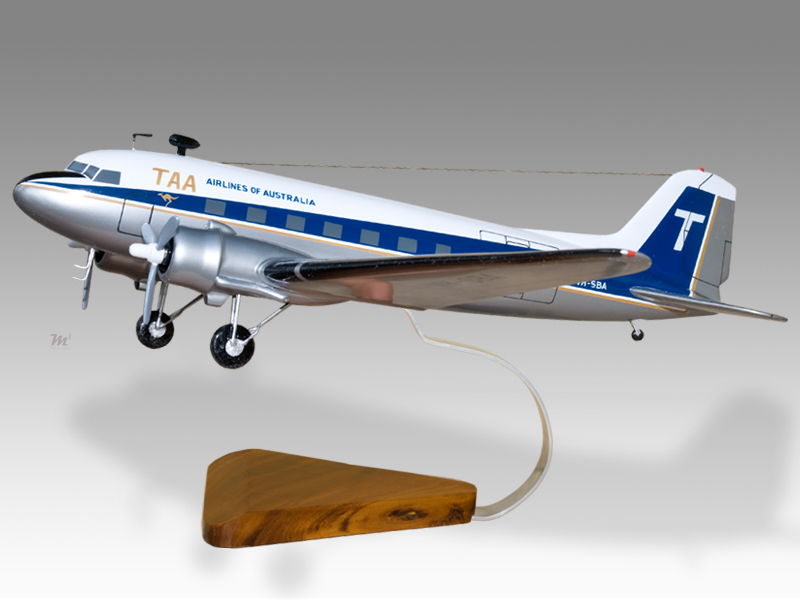
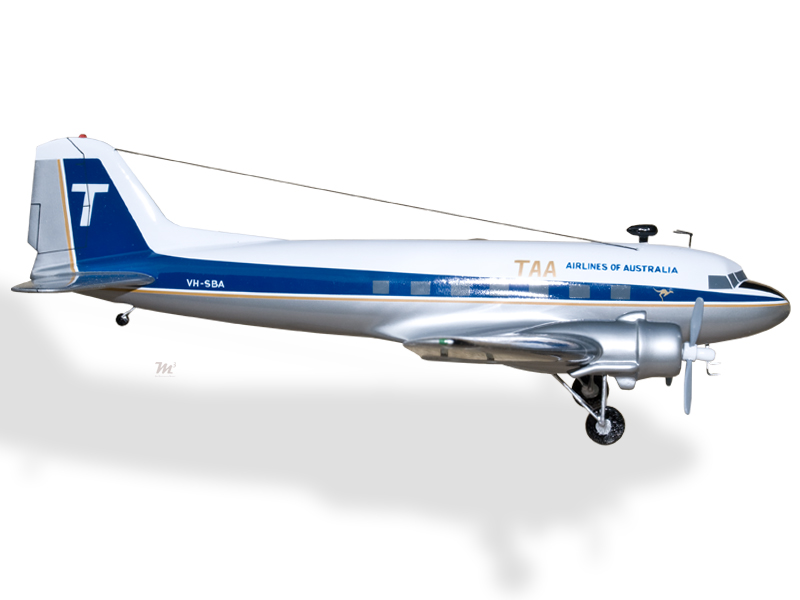



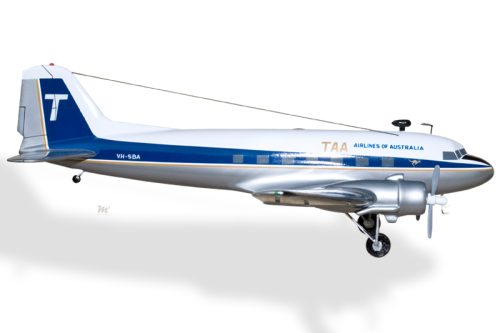
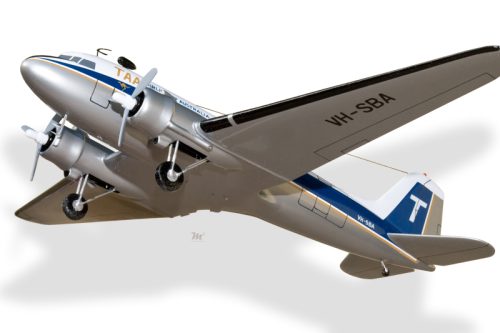
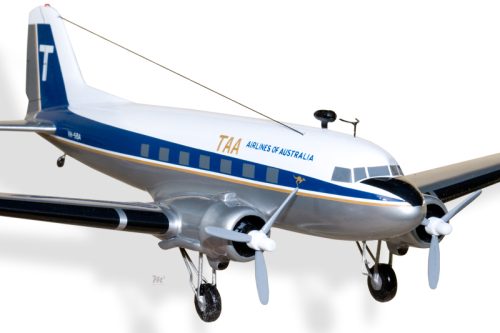
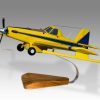


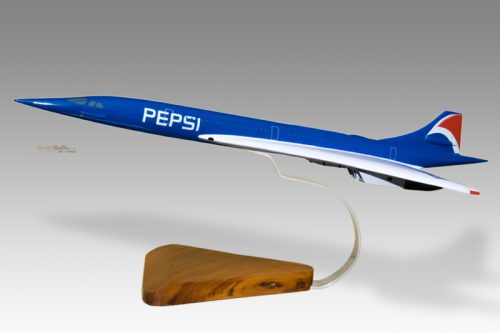
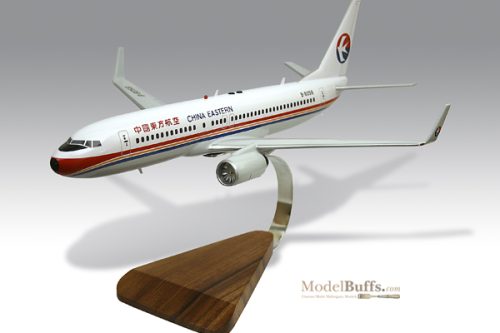
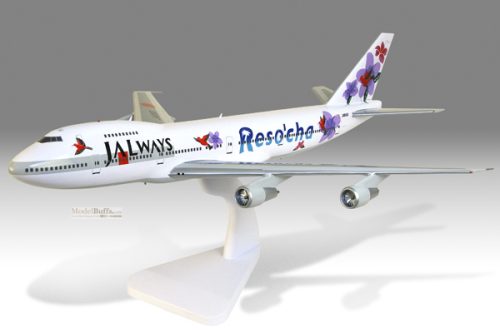
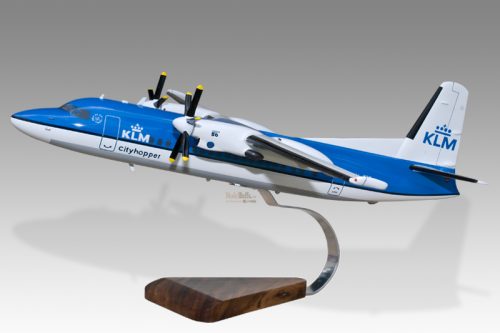
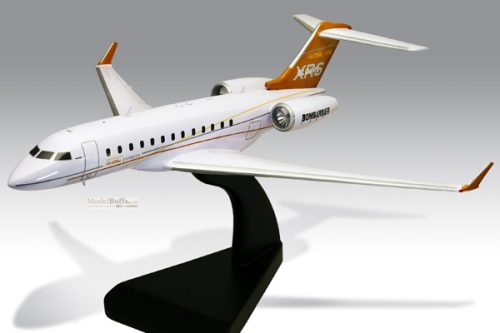
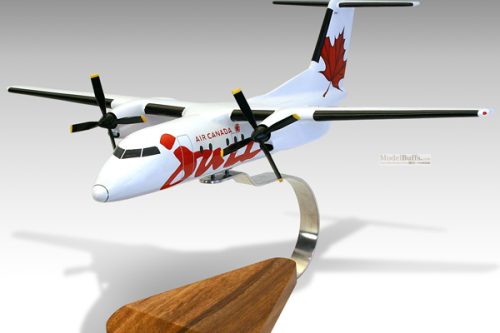
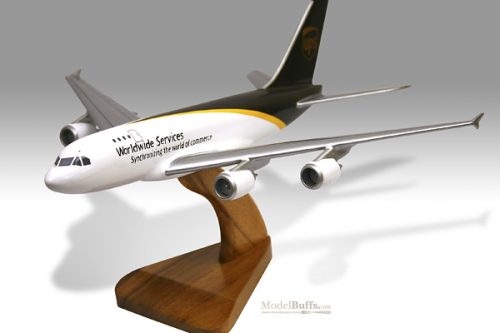
Reviews
There are no reviews yet.